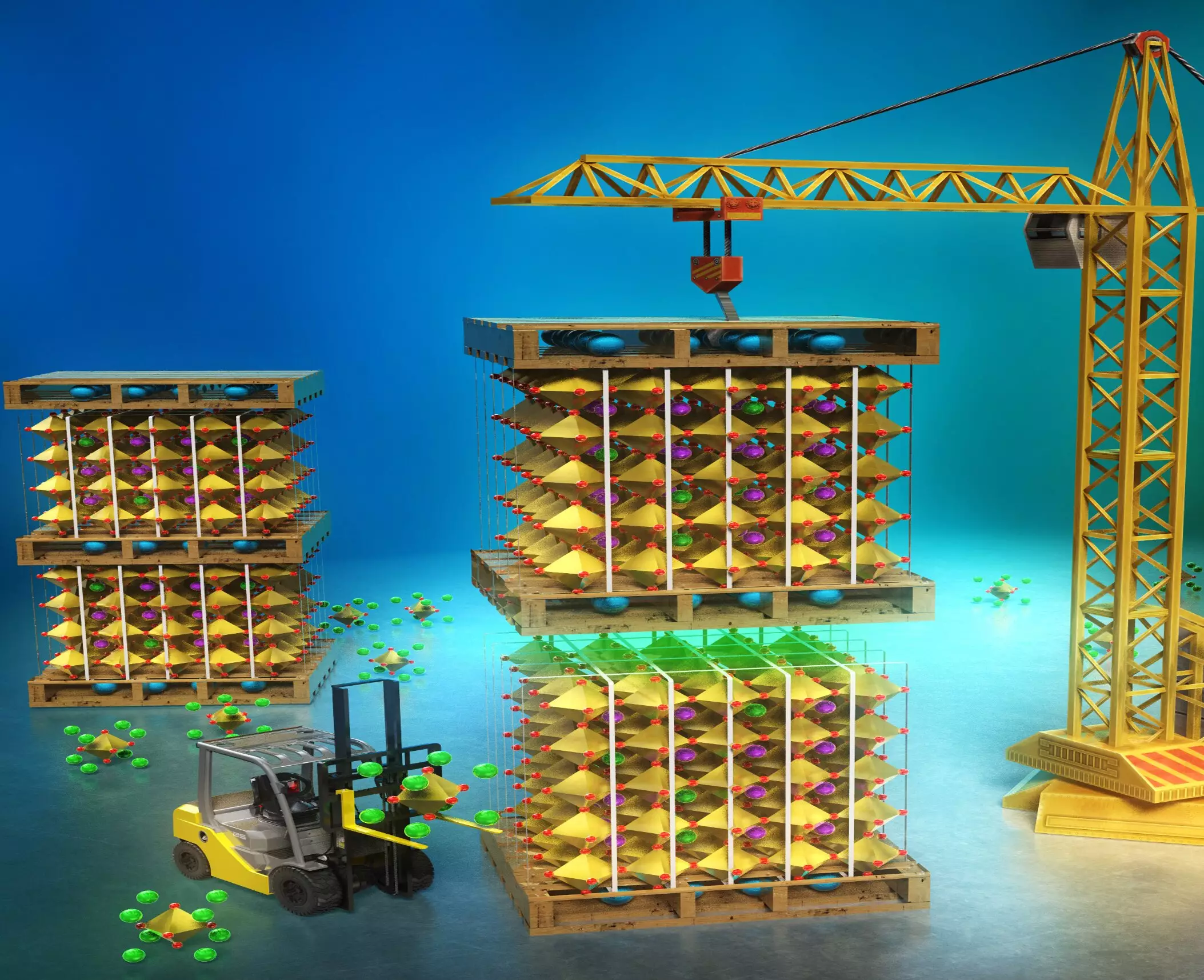Recent advancements in material science reveal exciting prospects for the future of electronic devices, thanks to a team of researchers from Nagoya University in Japan. Their latest findings on layered perovskites—specifically 4- and 5-layered versions—have unveiled a remarkable property: the ferroelectric behavior of these materials varies based on the number of layers present. This groundbreaking discovery opens new avenues for the development of innovative electronic applications, from high-efficiency capacitors to advanced memory storage solutions.
Perovskites, characterized by their unique crystal structure typically comprising calcium titanium oxide, are gaining traction in the realm of electronics due to their ferroelectric properties. This ability allows them to manipulate electric polarization in response to an external field, making them ideal candidates for various applications including actuators, sensors, and non-volatile memory devices. As the demand for more sustainable and efficient electronic components grows, researchers are actively exploring new compositions and lead-free variants of these materials.
One subtype that has garnered considerable attention is the Dion-Jacobson (DJ)-type perovskites. These materials’ asymmetrical layered octahedral structures lend themselves to enhanced ferroelectric properties. The underlying mechanism entails the movement of positive and negative ions and the ensuing rotation of the octahedra when subjected to an electric field. The complexity and nuances of this behavior are at the heart of increasing interest in layered perovskites.
One of the pivotal challenges in exploring layered perovskites has been their thermodynamic stability, particularly as the number of layers increases. The research team, led by Minoru Osada of the Institute of Materials and Systems for Sustainability (IMaSS) at Nagoya University, has made significant strides in this area through the development of a novel technique termed the template synthesis method. This innovative approach allows for controlled layering of perovskite structures, mimicking a building-block strategy where each layer is systematically added.
Osada explains, “In the template synthesis method, we can augment the number of layers one at a time, starting with a three-layer system and subjecting it to reactions with SrTiO3.” This method not only allows for customizable layer counts but also contributes to improved alignment of octahedral structures, crucial for enhancing ferroelectric characteristics.
Diverse Properties: Odd and Even Layers
The most striking findings from Osada and his team’s experiments are related to the dielectric constants and Curie temperatures of the synthesized multilayer perovskites. Curiously, the physical behaviors of these layers switch depending on whether the total number of layers is odd or even. This varies from the conventional model of direct ferroelectricity to a newly identified indirect ferroelectricity mechanism. Such variability is not merely incidental; it indicates a rich, untapped potential in layered perovskite materials that could be harnessed for disparate electronic applications.
Osada emphasized the profound implications of their research, noting, “The interaction between layer numbers and ferroelectric behaviors suggests a significant shift in how we approach the design of ferroelectric materials.” Their work lays a foundation for further discoveries in the field, encouraging researchers to contemplate multilayer perovskites as viable candidates for next-generation ferroelectric applications.
Conclusion: Expanding the Future of Ferroelectric Materials
The findings from Nagoya University exemplify a promising frontier in material research with layered perovskites. The potential to manipulate ferroelectric properties through the strategic layering of materials is a transformative concept that holds the promise for enhanced functionality and efficiency in electronic devices. As researchers continue to unravel the secrets of these fascinating materials, one cannot help but be excited about the sweeping changes that may soon unfold in the electronics landscape. The interplay between environmental considerations and technological advancement presents a thrilling opportunity for sustainable innovations in electronic technologies that could benefit society at large.



Leave a Reply